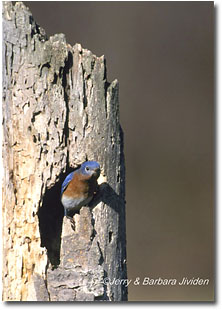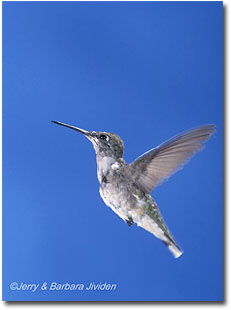|
|
 Insights on Images
All rights reserved. In a Flash
Many of today's knowledgeable photographers understand the importance of integrating the two meanings for an unbeatable combination - an infrared (IR) beam that works in conjunction with a light unit or device to trigger a camera and capture split-second action on film. Images that would be nearly impossible to record in a lifetime are being produced over and over using IR beam camera triggering systems. Water splashing upon impact, action that bursts with no warning, an elusive bird launching from a perch. You get the picture--but do you literally? You could, by using an IR beam that would signal your camera to snap the shutter instead of relying on your reflexes to operate the shutter button. One such innovation helping photographers today is the Shutter-Beam™ by Woods Electronics, Inc., though some photographers have been benefiting from the technology as early as 1994. The Shutter-Beam™ offers two primary methods of ultra-rapid operation for cameras that have an electronic remote shutter release cord feature, allowing the proper connection. A camera or strobe unit can be tripped by sound or by motion breaking the invisible IR beam bouncing off a reflector. In simple terms, here is one way you might benefit from the system's IR capabilities. With your camera on a tripod, compose and pre-focus the shot, allowing sufficient space the desired subject to enter the frame. In this case, we'll say that a bluebird is nesting in a natural cavity or in a nest box that you've strategically placed in your backyard prior to nesting season. Next, set up the IR beam camera triggering system by aligning the output triggering device with a corresponding reflector - probably about 15 feet apart. This will bounce the generated beam back to the unit, creating an invisible trip wire. Placement of the two depends on where you want the subject to be when the picture is taken. With the camera also connected to the unit by a special shutter release cord, the camera is synchronized to snap the photo when the beam is broken.
Infrared beam camera triggering systems are definitely allowing photographers to get shots that might not otherwise be recorded on film. It's just a matter of replacing the human response factor of approximately 1/4 of a second with a fail-safe reaction time of 1/1,000,000 second. That's 250,000 times faster than releasing the shutter manually. In other words, using an IR beam camera triggering device may be the difference between getting the shot or getting only frustrated - and that's a news "flash" we can all appreciate. For more information about the Shutter-Beam™, contact Woods Electronics, Inc., 14781 Pomerado Road #197, Poway, CA. By phone, call (760) 788-9906 or send e-mail to woodselec@woodselec.com. Visit the Woods Electronics web site at www.woodselec.com for additional information. About the images... PHOTO OF BLUEBIRD: Predicting when this bluebird would emerge from the tree cavity was guesswork. Even though the bird's actions were repeating, it was difficult to snap the shutter at the precise moment the bird entered or exited this opening. A slight break in our attention or a slow response would cause a lost shot. With the Shutter-Beam™, however, we could catch the action every time. PHOTO OF HUMMINGBIRD: If you've ever taken a few moments to watch a hummingbird, you know that these small, darting birds are difficult to follow with your eyes. This means that finding and stopping the action with your camera is even more of a challenge. With a Shutter-Beam™ set up near our backyard feeder, we were able to ensure that when the swift, little "hummer" broke the beam, we had it instantly on film. Here, the use of a flash system was also a necessity to help "freeze" the rapid movement of the tiny wings. JJ/BJ-NPN Comments on this column? Send them to the editor. Jerry and Barbara Jividen are members of the North American Nature Photography Association (NANPA) and the American Society of Media Photographers (ASMP). Barbara is also a member of the Outdoor Writers Association of America and serves as Assistant Editor for NANPA's Currents. Both are certified photography instructors and lead numerous photo workshops and tours throughout the year. They also write a monthly e-journal, called the "Insights on Images: E-Journal," which can be obtained via email by requesting a free copy at: www.imagesunique.com/insights/journal.html. For more information, call (800) 866-8655. |
|
|
 By one definition, "in a flash" means to happen with great speed. In photography, its reference is usually to a device that produces very bright bursts of supplemental light used for taking pictures.
By one definition, "in a flash" means to happen with great speed. In photography, its reference is usually to a device that produces very bright bursts of supplemental light used for taking pictures. In all fairness, however, this is one of the simplest tasks this system masters. With some practice and a little creativity you can graduate to more advanced situations. You can cross-intersect two IR beams to pinpoint an exact trigger mark rather than anywhere along the beam's path or connect directly to strobe lights (with camera set on bulb) for even faster response time -
just to name a few.
In all fairness, however, this is one of the simplest tasks this system masters. With some practice and a little creativity you can graduate to more advanced situations. You can cross-intersect two IR beams to pinpoint an exact trigger mark rather than anywhere along the beam's path or connect directly to strobe lights (with camera set on bulb) for even faster response time -
just to name a few.